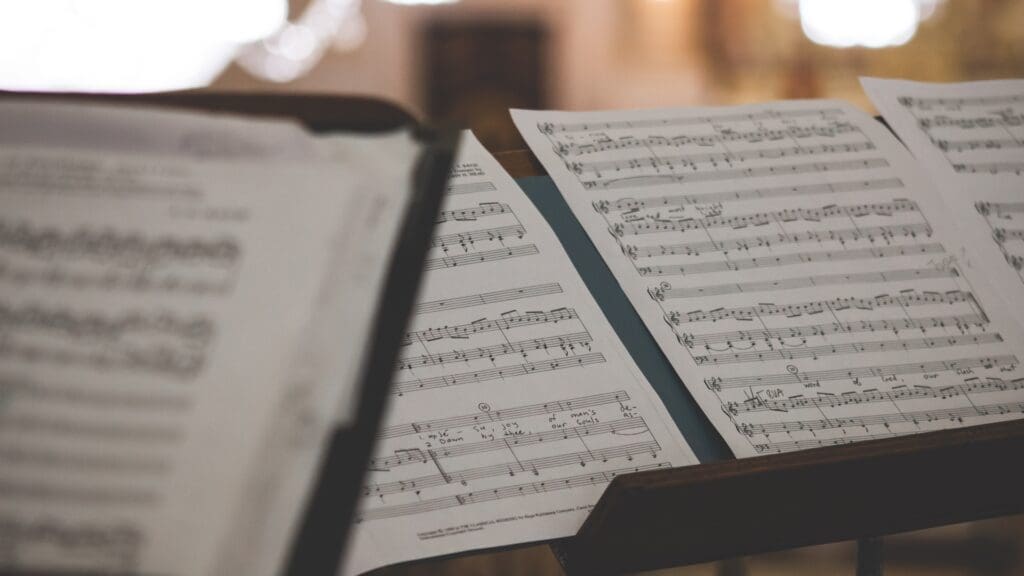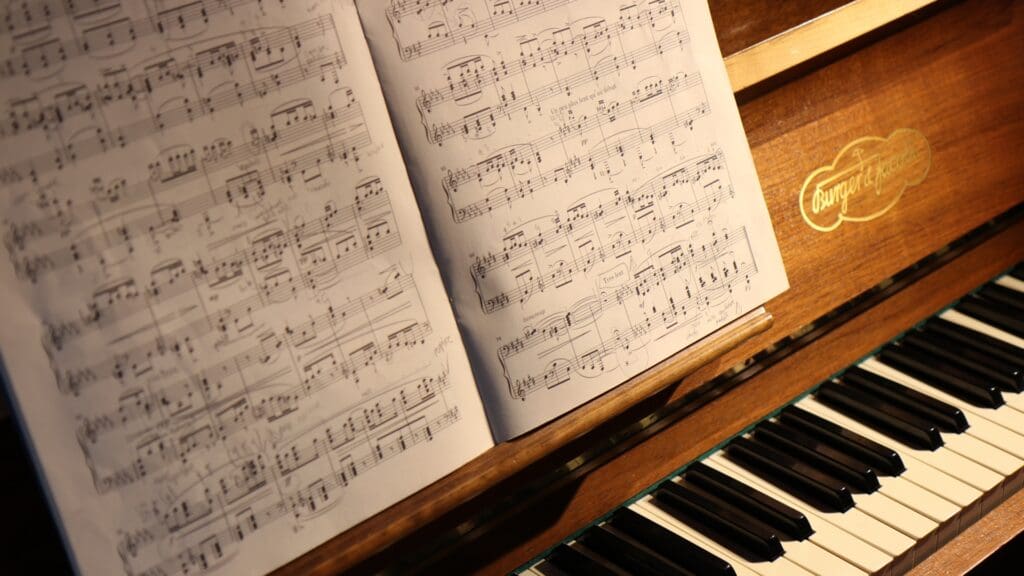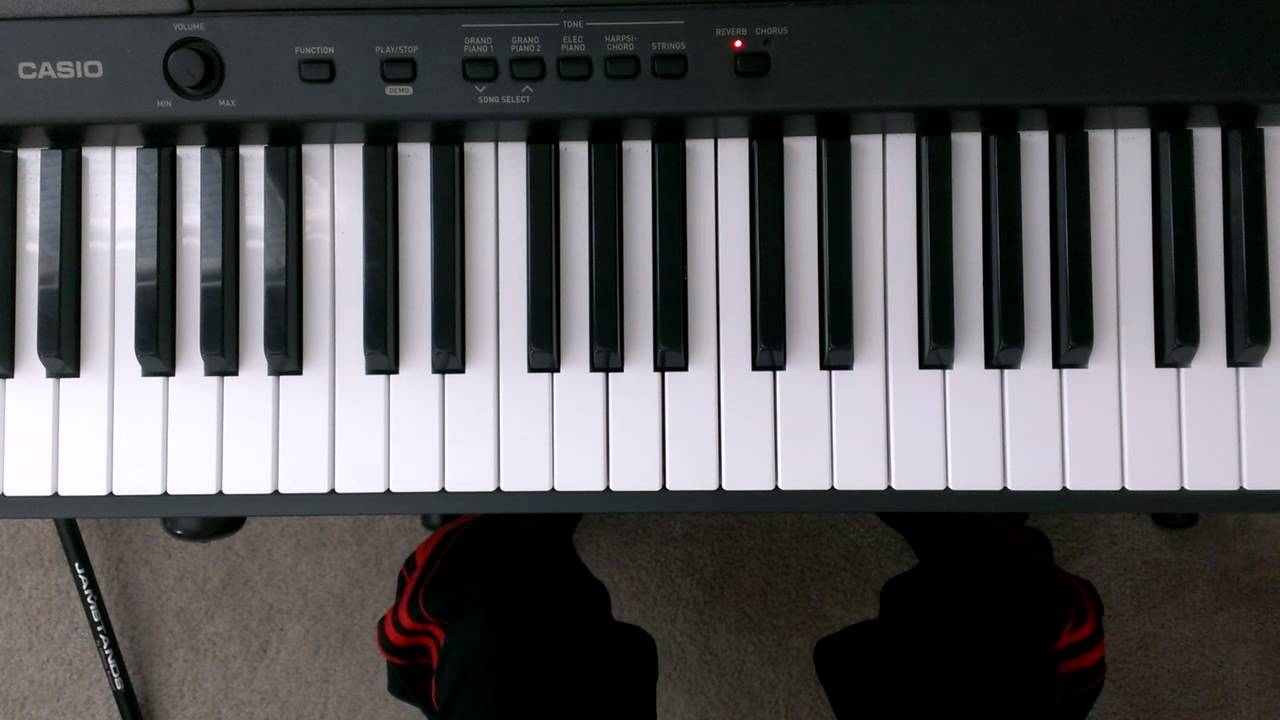
The A minor melodic scale, also known as the jazz minor scale, is both beguiling and transformative, captivating musicians worldwide. Its enchanting journey dances between minor and major scales, showcasing its exceptional versatility and aural allure. Beginning with the conventional minor scale, it gradually ascends into the realm of the major scale, building up to a crescendo that adds a melodious twist, setting it apart from its peers.
This remarkable duality is the secret behind the scale’s widespread use in various musical genres, including soulful blues, jazz, energetic pop, and rock. Whether you’re a curious beginner enticed by its charm or an experienced player seeking to expand your musical landscape, the A minor melodic scale offers an irresistible allure. Unravelling the notes reveals a world of harmonic possibilities, capable of transforming your compositions by adding layers of depth and emotion.
In this article, we’ll dive into the intricacies and nuances of the A minor melodic scale, exploring its theory, history, and famous songs that employ the scale. So, join us on our journey and discover how the scale can be a potent tool in your musical arsenal.
What Is the A Minor Melodic Scale?
The A minor melodic scale consists of seven unique notes, starting from the tonic A, followed by B, C, D, E, F#, and G#, with the eighth note returning to A. When played ascending, it creates an uplifting and enchanting feel due to the inclusion of the raised sixth and seventh notes from the natural minor scale. As a result, A minor melodic has an intriguing major scale characteristic.
However, it gracefully reverts to the natural minor scale when descending, presenting a sombre and introspective feel that tugs at the heartstrings. This dual nature grants the A minor melodic scale its distinctive and captivating identity, making it a favourite amongst musicians and composers across the globe.
Delving into the harmonies and intervals of the A minor melodic scale reveals endless creative opportunities. The scale includes both major and minor chords, providing a fertile ground for creating rich and evocative harmonic landscapes and interesting chord progressions. Its unique combination of major and minor tonalities offers an incredible palette of sounds for improvisation, providing the perfect platform for musical exploration and self-expression.
Learning the A minor melodic scale is not just about acquiring a new set of notes to play with. It’s an invitation to embark on a musical journey, to tell stories through your compositions. It opens new pathways for emotional expression, allowing musicians to convey a broader range of feelings and moods.
Whether you want to capture the haunting beauty of a poignant ballad or infuse your music with the lively bounce of an upbeat pop tune, the A minor melodic scale is an indispensable tool in a musician’s toolkit. Its ability to evoke such a broad range of emotions makes this scale so captivating and universally loved.
History of the A Minor Melodic Scale

The A minor melodic scale is a fundamental component of the rich tapestry of Western music tradition. Accordingly, it boasts an illustrious historical lineage that we can trace back to the classical period, spanning centuries of evolution and artistic brilliance. Originating from the ecclesiastical modes of the medieval era, the scale gradually transformed over time, shaped and moulded by the ingenuity and boundless creativity of countless musical minds.
It’s impossible to discuss the significance of the without acknowledging the profound influence of Johann Sebastian Bach. In his masterful works, the Baroque composer skilfully harnessed the melancholic yet sweet tones of the A minor melodic scale. He infused his compositions with a captivating emotional depth that resonates with listeners to this day.
As music transitioned into the Romantic period, the scale took on new dimensions. It captivated the imaginations of composers such as Ludwig van Beethoven and Frédéric Chopin. Through their ingenious use of the A minor melodic scale, these musical pioneers unleashed its expressive potential, creating works of profound beauty and passionate intensity.
A Minor Melodic Scale in Modern Music
The 20th century witnessed the A minor melodic scale finding its way into the realms of jazz and popular music. The scale appeared in the compositions of influential musicians like Thelonious Monk and John Coltrane. Today, the A minor melodic scale remains a cherished and celebrated part of the musical landscape, transcending time and genre boundaries. Its enduring appeal and remarkable versatility is evident in everything from classical concertos to modern pop hits, serving as a testament to its timeless allure.
Playing the A Minor Melodic Scale
Don’t you fancy wielding the same musical magic as Bach, Beethoven, or Coltrane? Well, the key may just be at the tip of your fingers. This section will help you unlock the potential of the A minor melodic scale.
Whether you’re a music student seeking to expand your skills or a passionate music enthusiast aiming to understand the intricacies of this enchanting scale, our guide will walk you through the process of playing the A minor melodic scale, one beautiful note at a time. Let’s start, shall we?
A Minor Melodic Scale on Guitar
The guitar is a splendid instrument to explore the A minor melodic scale. Now, you may be holding an acoustic, electric, or classical guitar, but rest assured, the beauty of this scale transcends the instrument’s type. Let’s embark on this tuneful venture, shall we?
Start by locating the A note, typically found on the 5th fret of the low E string. The ascending pattern of the A minor melodic scale on the guitar begins with A, followed by B, C, D, E, F#, G#, and back to A. Going down, it changes slightly, following A, G, F, E, D, C, B, and back to A. Practise this pattern slowly, ensuring each note rings clearly. As you become comfortable, you can gradually increase the speed.
Remember, the beauty of the A minor melodic scale lies in its ability to convey emotion. With its raised sixth and seventh notes, the ascending pattern exudes an optimistic, almost joyous tone. As it descends, the mood shifts to a more sombre, reflective feel, reverting to the natural minor scale. This dynamic emotional range is part of the scale’s irresistible allure.
As you play, don’t just focus on the mechanics. Try to feel the emotion, the narrative woven with each note. Use this scale as a tool in your creative arsenal to translate your feelings into music. And remember, every guitar hero started somewhere!
So, take it one strum at a time, explore, experiment, and, most importantly, enjoy the journey.
A Minor Melodic Scale on Piano
Now, let’s take our exploration of the A minor melodic scale onto the grand stage of the piano. Like the guitar, the piano is a perfect playground for this enchanting scale. To begin, find the A note on your piano, usually the white key situated between the second and third black keys in the group of three black keys. From here, the scale follows the same notes you would play on a guitar.
Ascending the scale, the pattern is A, B, C, D, E, F#, G#, returning to A. Descending, the sequence changes subtly to A, G natural, F natural, E, D, C, B, and back to A.
As you gently press each key, take a moment to absorb the sound and the emotion it stirs within you. The piano’s tonal range, combined with the scale’s contrasting moods, creates a wondrous tapestry of sound that is at once hauntingly beautiful and profoundly expressive. As you continue to practise, you’ll notice your fingers dancing with increasing fluidity across the keys, the melody flowing from you as naturally as the rhythm of your heartbeat.
And that’s the magic of music – it’s not just about recreating notes on a sheet, it’s about expressing the inexpressible. It’s about giving a voice to the unspoken emotions that reside deep within our hearts. More than just a sequence of notes, the A minor melodic scale is a storyteller, a confidant, a muse.
Famous A Minor Melodic Scale Songs
The beauty of music is its ability to stir emotions, evoke memories, and transcend the boundaries of language and culture. Delving into the following songs, we’ll discover mystic, heart-touching compositions that utilise this beautifully versatile scale.
These timeless classics are a testament to the power of this melodic scale. Each song is a lyrical journey that has left an indelible mark on the music world. Let’s explore some of these renowned compositions.
Adele – “Rolling in the Deep”
This chart-topping hit from Adele showcases the versatility and emotional depth of the A minor melodic scale. Beginning in A minor, the melody revolves around the ascending scale, creating a compelling narrative that mirrors the poignant lyrics. Adele’s powerful vocals bring the scale to life, harnessing its tonal qualities to convey heartbreak, resilience, and empowerment.
The Beatles – “I Want To Hold Your Hand”
Here, the A minor melodic scale takes on a different character in one of The Beatles’ most iconic songs. The band skilfully employs the scale in the song’s catchy chorus, imbuing the melody with an infectiously upbeat and joyful quality. The energy and optimism of the song demonstrates the scale’s emotional range and ability to evoke distinct moods and feelings.
Billie Eilish – “When the Party’s Over”
In this evocative track, the A minor melodic scale creates an ethereal, melancholic soundscape that perfectly complements the introspective lyrics. Eilish’s delicate use of the scale captures the song’s sombre mood, demonstrating the profound emotional resonance that the scale offers.
Ed Sheeran – “Thinking Out Loud”
The A minor melodic scale again takes centre stage in this romantic ballad by Ed Sheeran. The song’s chorus features an ascending melody that follows the scale, creating a sense of soaring passion and tenderness. Sheeran’s masterful use of the scale adds depth and sincerity to the heartfelt lyrics, making “Thinking Out Loud” a standout example of how the A minor melodic scale can enhance a song’s emotional impact.
Queen – “Bohemian Rhapsody”
“Bohemian Rhapsody”, Queen’s magnum opus, features the A minor melodic scale in its complex and richly layered composition. The scale is instrumental in shaping the song’s dramatic sonic landscape, from the melancholic verses to the operatic mid-section and rocking conclusion.
The song’s unique blend of styles and genres create an unforgettable musical journey that continues to captivate listeners. Queen’s innovative use of the scale in this song is a shining example of its versatility and expressive power. It proves that in the hands of true musical pioneers, the A minor melodic scale can create an absolute masterpiece.
Final Thoughts
The A minor melodic scale is an essential part of any songwriting toolkit. It offers an immense range of expression, allowing artists to encapsulate a spectrum of emotions within their compositions. Moreover, the power of the scale echoes throughout the landscape of popular music, from the soulful ballads of Adele to the anthemic rock of U2.
With its versatility and emotive power, it has become a cornerstone of modern music. Furthermore, it proves that, with the right blend of creativity and technical skill, it can transform a simple melody into a profound musical statement.
So, the next time you listen to your favourite song, take a moment to appreciate the intricate tapestry of notes and scales that weave together to create the music that moves, entertains, and, ultimately, brings us together. After all, music is a universal language, and the A minor melodic scale is one of its most eloquent dialects.





